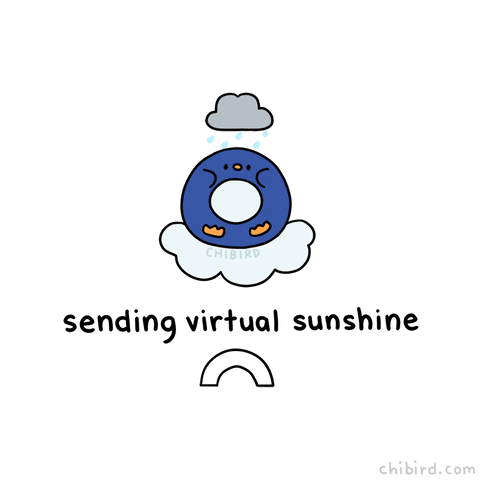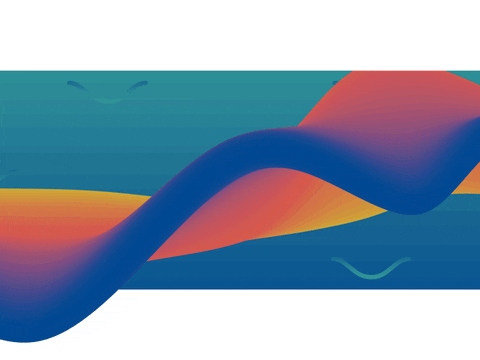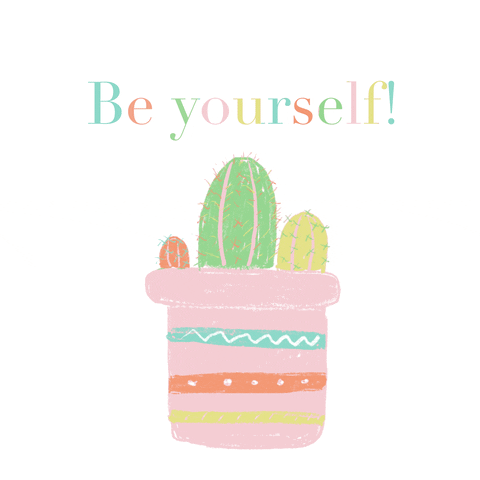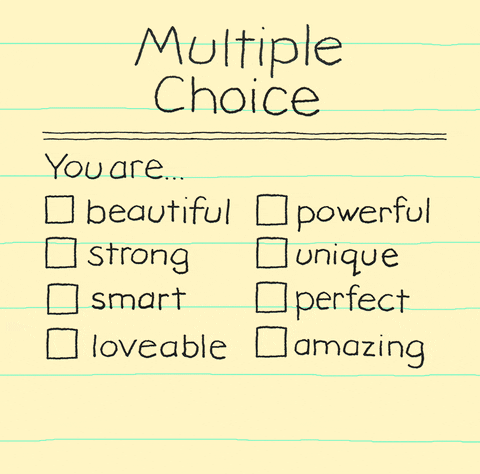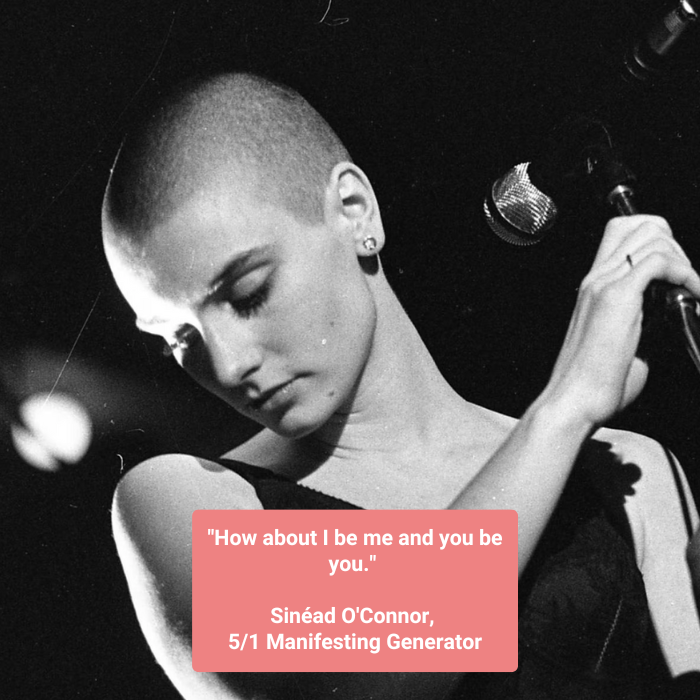With Sinéad O’Connor’s passing this last week, we wanted to share a glimpse into her human design.
Read on for an excerpt from her Blueprint Guide, insights on her design and to see her human design chart.
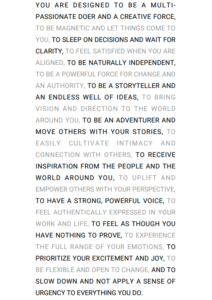
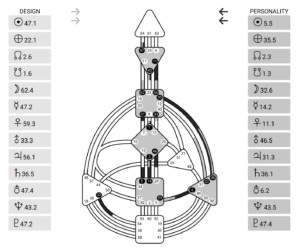
Sinéad O’Connor’s type was a Manifesting Generator.
As a Manifesting Generator, she was a multi-passionate creative force. She could not be put in a box and was bigger than any one passion or identity could hold.
She had a 5 in her profile.
With a 5 in her profile, she was here to impact many with her art and perspective, and to be heretical and often unconventional in her approach. She was here to be a force for change.
She shared, “I don’t do anything in order to cause trouble. It just so happens that what I do naturally causes trouble. I’m proud to be a trouble-maker.”
With the 5 in her profile, it was easy for others to project a role onto her that they wanted her to fulfill. It was essential for her to stay aligned with what felt right, even if it didn’t match others’ expectations for her.
Brian Hiatt wrote, “She was so perfect when she first emerged and everyone fell in love with her, and then she didn’t behave the way that the world wanted her to behave. And everyone turned away… she was raw and real and honest, and in some ways was a mirror to who we all are.”
She sang, “There are two mes, the one that you see/and the real me, who I’m not supposed to be.”
She had the 35-36 (presence) channel.
Her defined throat was connected to her defined emotional center, meaning one of the most natural ways for her to express was through her emotions.
She was here to move and touch people with her words and all she’s experienced. She carried a well of emotional depth and wisdom that was only meant to deepen with time.
“When I sing, it’s the most solitary state: just me, and the microphone, and the holy spirit. It’s not about notes or scales, it’s all about emotion.”
She had the 2-14 (vision) channel.
She was not here to emulate the way things had been done. She was here to do things in her own innovative way, and in doing so, she was here to help others connect to their vision and direction too.
She shared, “If I hope for anything as an artist, it’s that I inspire certain people to be who they really are. My audiences seem to be people who have been given a hard time for being who they are.”
She had an independent (single) definition.
There’s often such a natural flow for those with this definition when they can freely be in their own space and energy without disruption. They tend to be naturally independent and satisfied in their own energy. They don’t need others to complete them.
She shared, “I’m lucky because I enjoy my own company.”
Her incarnation cross was the left angle of separation.
Her greater purpose was about separating from others to stand in her own energy and to find her own truth. It was about marching to the beat of her own drum and trusting that doing just that would free others to march to the beat of their own drums, too.

